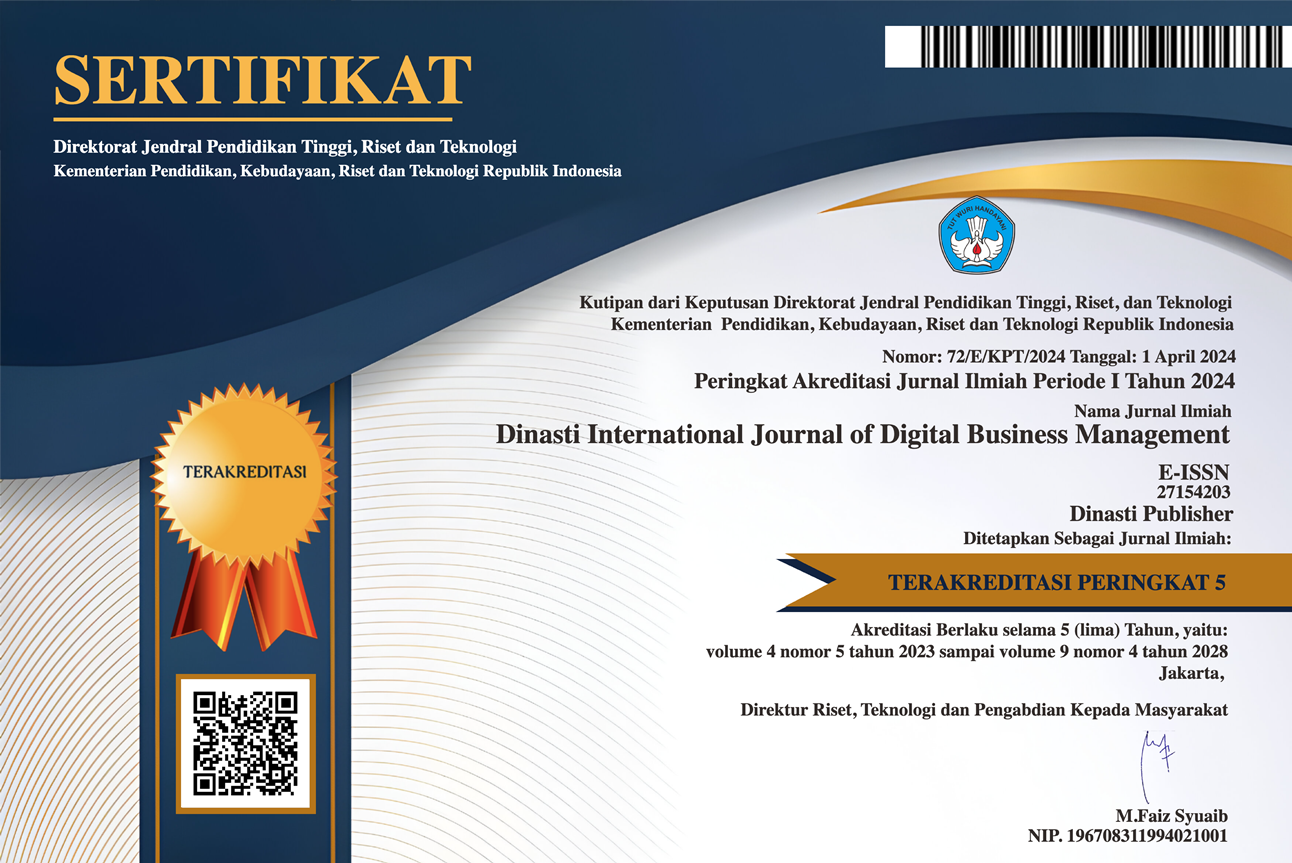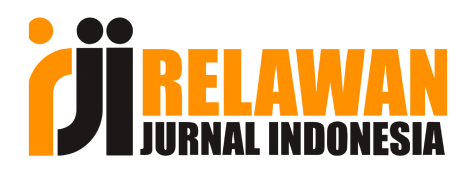WASTE MINIMIZATION EFFORTS TOWARDS GREEN LOGISTIC AT PT NARDEVCHEM KEMINDO
DOI:
https://doi.org/10.31933/dijdbm.v2i4.897Keywords:
green, logistic, green logistic, waste, dmaic, fishbone, ishikawa, waste minimization, lean, six sigmaAbstract
PT Nardevchem Kemindo is a company in the distribution of raw materials for processed food and beverages industries. The problem studied in this research is that during the 2015 – 2019 period, the waste level occurs in the company’s data always exceeds the company's tolerance limit of 1% and always increases each year. The purpose of this research is to find out the root cause of the waste and to formulate the improvement recommendations for the company to minimize waste as the company's efforts towards Green Logistics. The methods used in this research is the DMAIC concept, followed by the fishbone to identify the root cause of the problem and the FMEA followed by the 5W+1H method to formulate proposed improvements for company. Improvement recommendations for the company are the training for the sales team, installation of air conditioners and thermostat at the warehouse and formulating SOPs for incoming goods inspection.
References
Chase, R., B., Jacobs, F., R. 2011. Operations and Supply Chain Management. McGraw-Hill/ Irwin:New York.
Gasperz, V. 2013. All in One 150 Keys Performance Indicator and Balanced Scorecard, Malcom Baldrige, Lean Six Sigma Supply Chain Management. Tri-Al-Bros Publishing:Bogor.
Holcomb, M. 2011. “Challenges and Opportunities in Global Supply Chain Integration, Managing Global Supply Chain Relationships: Operations, Strategies and Practices”. IGI Global, pp: 99-134.
Kaligis, S., R., Satikens, R., E., Opit, P., F. 2018.” Studi Mengenai Penerapan Green Logistics dalam Penanganan Limbah Sisa Ikan di TMP Tumumpa”. Jurnal Ilmiah Realtech. Vol. 14(2), pp: 138-142.
Mann, B. J. S., Kaur, H. 2020. “Sustainable Supply Chain Activities and Financial Performance: An Indian Experience”. Vision. Vol. 24(1), pp: 60–69.
Siahaya, W. 2015. Sukses Supply Chain Management: Akses Demand Chain Management. Penerbit In Media:Bogor.
Teixeira, C., Assumpção, A., Correa, A., Savi, A., Prates, G. 2018. “The Contribution of Green Logistics and Sustainable Purchasing for Green Supply Chain Management”. Independent Journal of Management & Production.
Downloads
Published
Issue
Section
License
Authors who publish their manuscripts in this journal agree to the following conditions:
- The copyright on each article belongs to the author(s).
- The author acknowledges that the Dinasti International Journal of Digital Business Management (DIJDBM) has the right to be the first to publish with a Creative Commons Attribution 4.0 International license (Attribution 4.0 International (CC BY 4.0).
- Authors can submit articles separately, arrange for the non-exclusive distribution of manuscripts that have been published in this journal into other versions (e.g., sent to the author's institutional repository, publication into books, etc.), by acknowledging that the manuscript has been published for the first time in the Dinasti International Journal of Digital Business Management (DIJDBM).















































